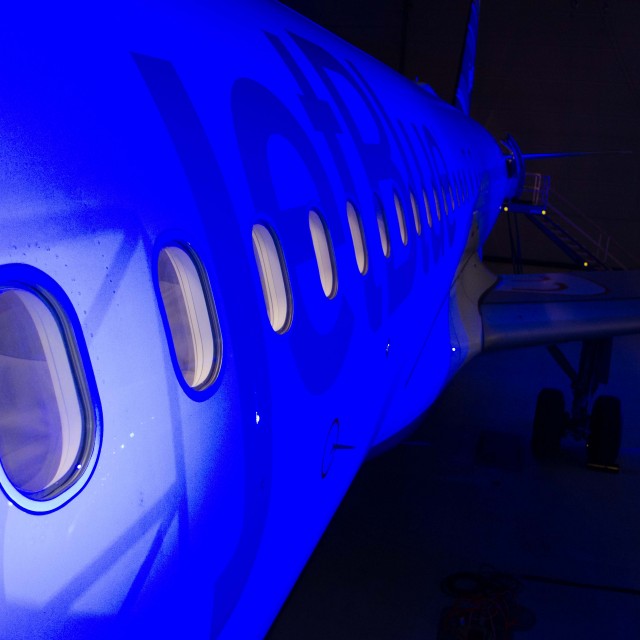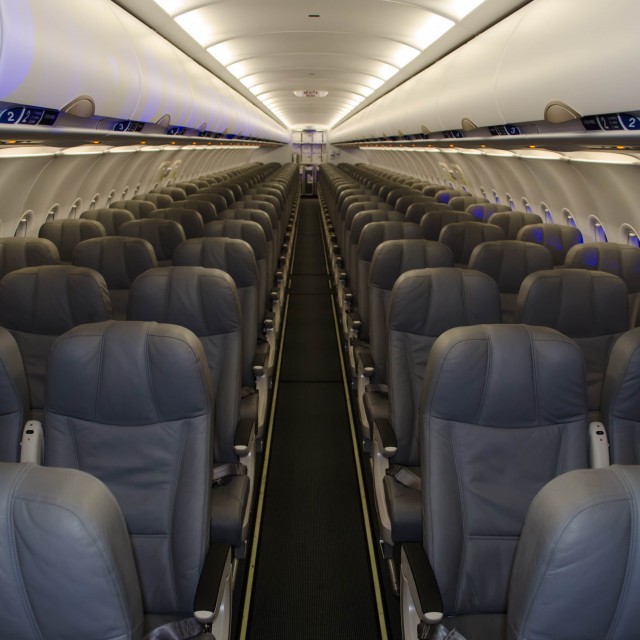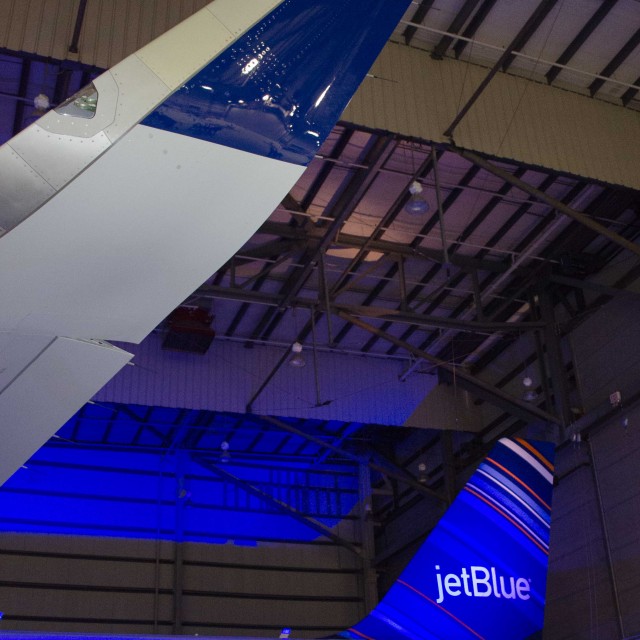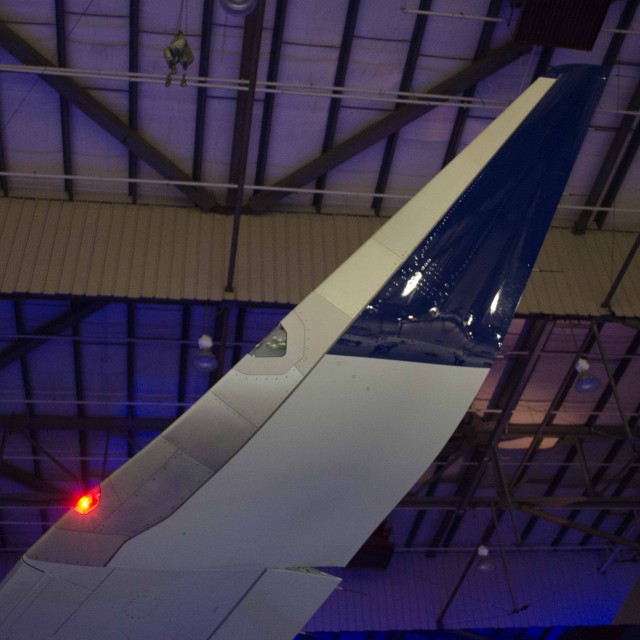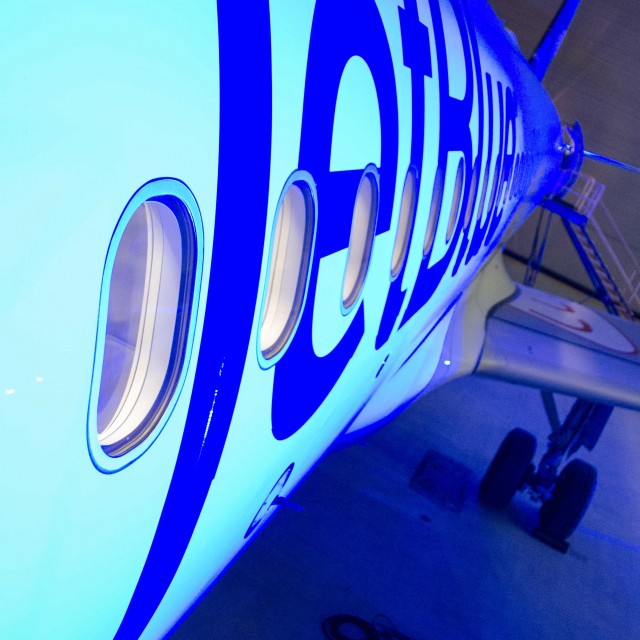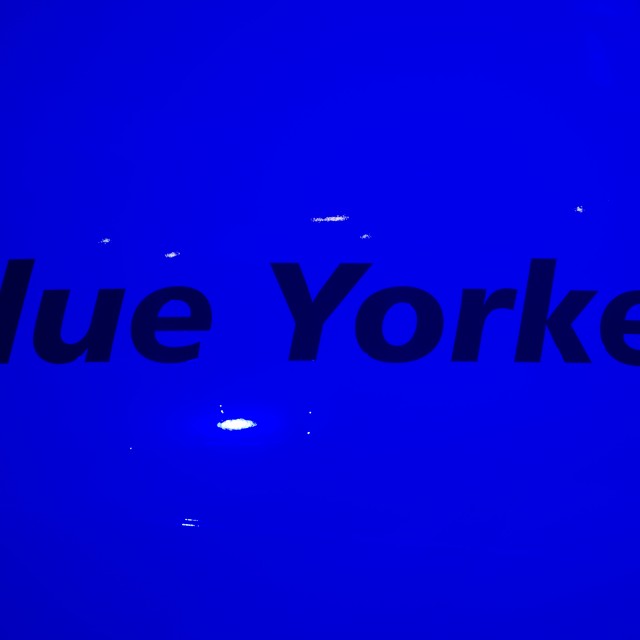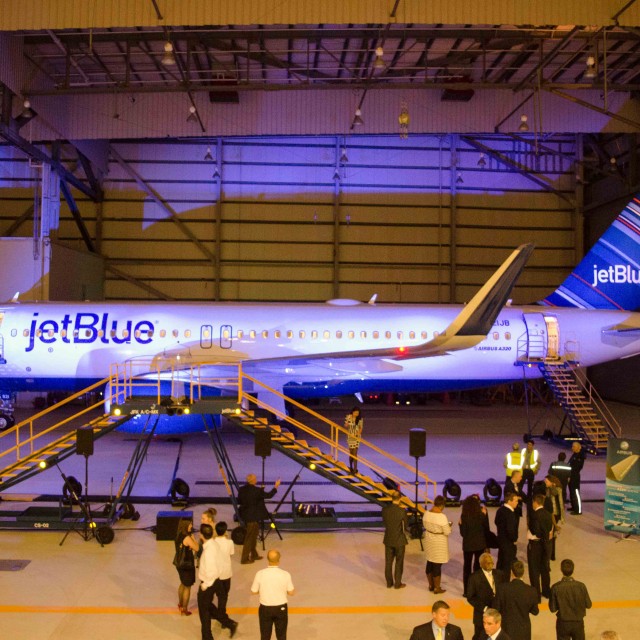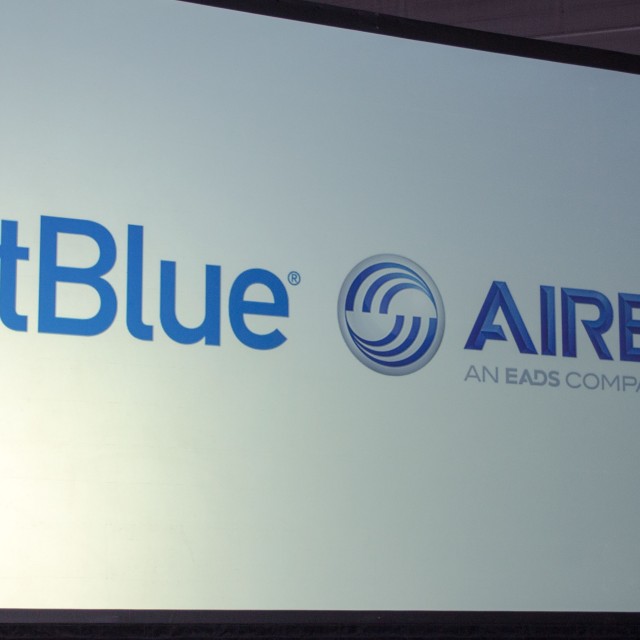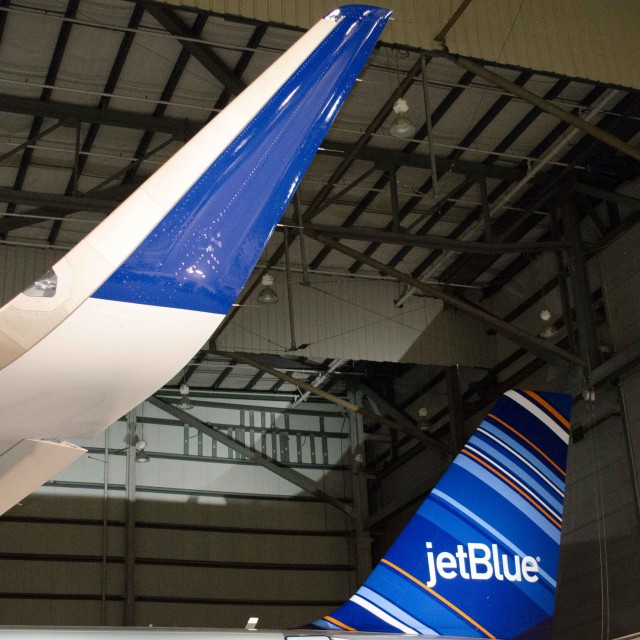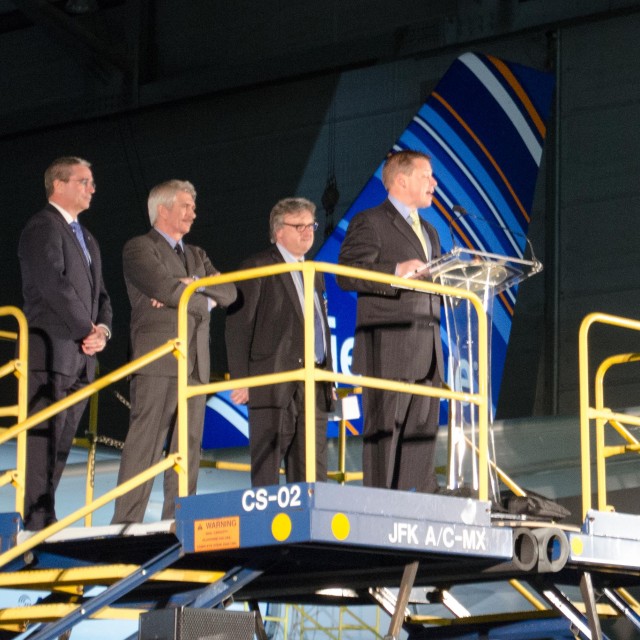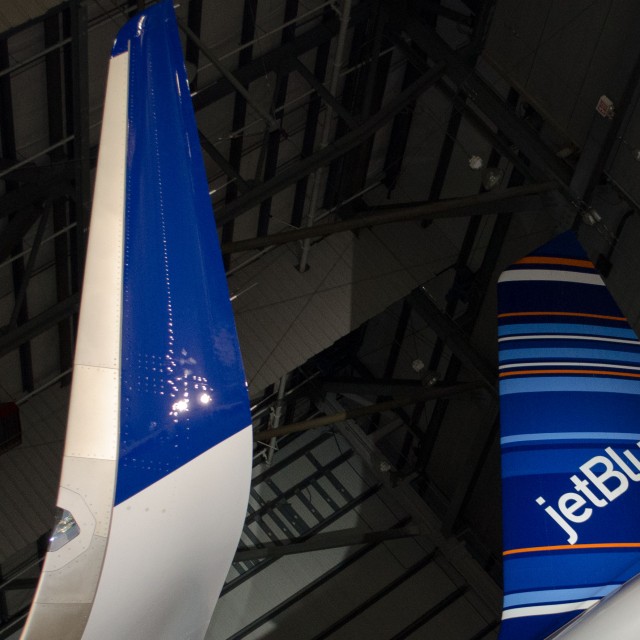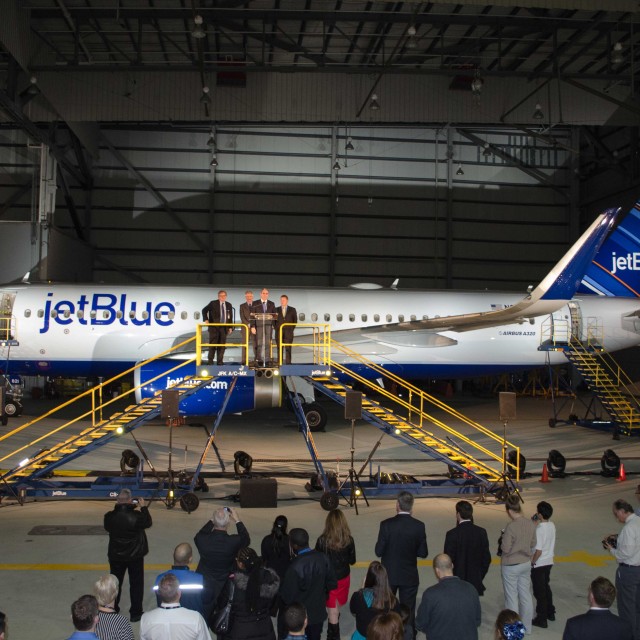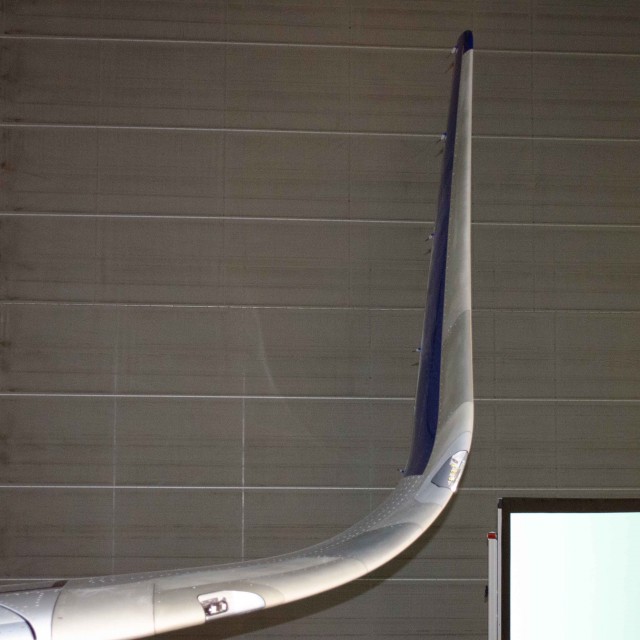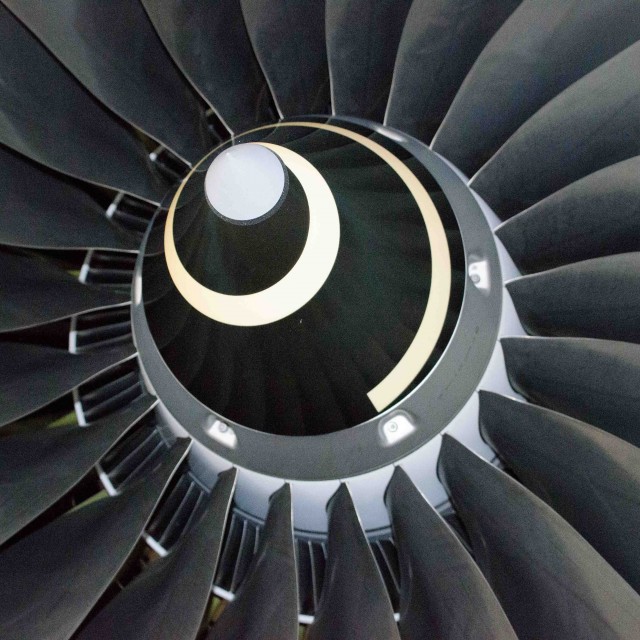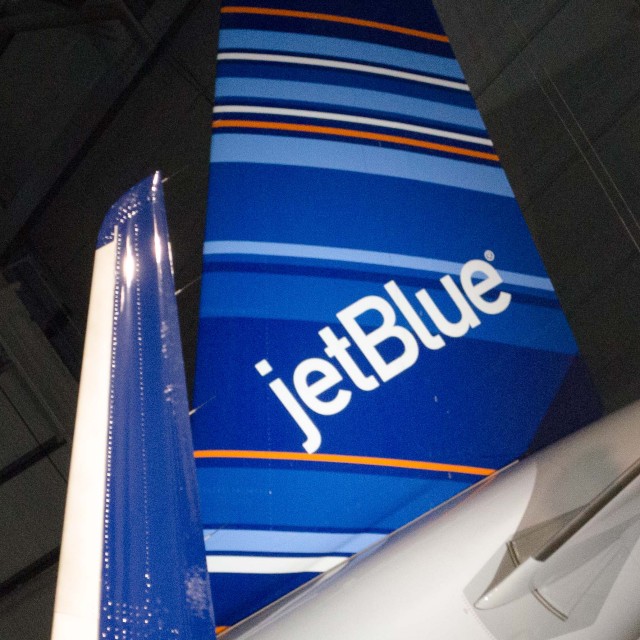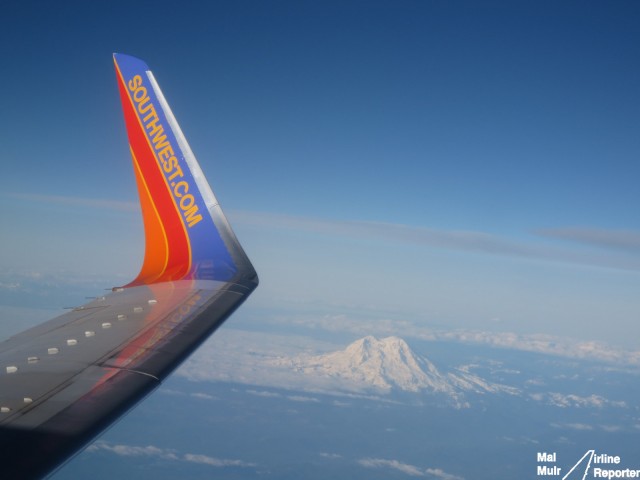
What better photo than a winglet & Pacific Northwest icon Mt. Rainier?
During the recent Aviation Geek Fest, a reader of AirlineReporter suggested that I do a bit of a roundup of all the different ’œwinglets’ that are out in the aviation world (I wish I remembered you name). With so many different kinds of wingtip devices out in the marketplace, there needs to be a handy guide as to what they all are and what aircraft they belong to. But first maybe a little bit of background on what a winglet actually does.
In the late 1970’s, NASA engineer Richard T. Whitcomb took some research from the 1950’s and further developed what we know as the winglet. NASA wanted to see what would happen if they were to create a wingtip device that, with the correct angle and shape, could help reduce drag and increase lift, and also help break up the wingtip vortices.
Getting these benefits from the wing helps make flying easier and increases fuel efficiency – something that back in the 70’s wasn’t as crucial as it is now. How much fuel can you save by adding a winglet? On average, a 737 can save around 4% when compared to a non-winglet version. A winglet is really designed to save money when flying long distances at high altitudes, so long flights are where the most savings are realized.
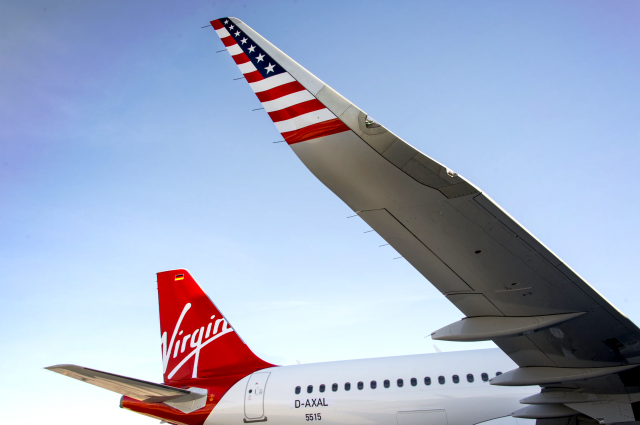
The First Virgin America A320 With Sharklets
At Virgin America’s Newark Airport inaugural celebration this week, I had the opportunity to sit down with CEO David Cush for AirlineReporter.com. While talking about their new Airbus A320 with Sharklets, Cush detailed his airlines future plans for flights to Hawaii.
Jason: ’œYou just took delivery of your first A320 with Sharklets, when do you expect that to enter into service?
Cush: ’œIt should be in about two weeks, let’s call it around April 25th or so.’
Jason: ’œDo you have any idea which route it will be flying initially?’
Cush: ’œIt’ll be flying some of the longer routes, because of the efficiency, so probably San Francisco-Boston, San Francisco-JFK. We took delivery of that one in Hamburg, and it was a beautiful airplane on the way over. Our chief pilot flew it over, and we actually saw greater than 4 per cent efficiency from Sharklets. So they estimated 3.5, we saw a little bit over 4.
Jason: ’œHow do you estimate that will impact your operations?’
Cush: ’œWe fly these aircraft kind of at the edge of their performance. When we’re flying Boston to San Francisco, in the winter and into headwinds, that’s about all that aircraft can do. Now what we got is an airplane that can do that easily without weight restrictions. So it’s not only a fuel efficiency thing, it’s a performance thing.
Jason: ’œI know that JetBlue had taken delivery of the first production retrofit a couple of months ago, and they have been doing that exact route, and they report that they have to make fewer tech stops to refuel. Do you anticipate less stops or was that a problem initially without Sharklets?>
Cush: ’œWe don’t take tech stops. If we’ve got a long flight plan or strong winds, what we do is we basically buy passengers off the airplane. So, rather than inconveniencing everyone, what we’ll do is will find people to buy off, and they’ll wait for the next one. We take very few tech stops, usually when it’s an unplanned change. But what this will mean is that we will never have to take passengers out of the aircraft again.
Jason: ’œHow often do that [buying passengers off the flight] happen right now?’
Cush: ’œI would say during the dead of winter, with a bad jet stream, I would say maybe as much of 10 per cent of the flights out of Boston.
Jason: ’œDo you anticipate the impact of Sharklets being able to open any new routes in the future?
Cush: ’œThe main thing is that it lets you do West Coast to Hawaii, and that’s something you can’t do with the current aircraft. And so we’ll be using Sharklet equipped airplanes in 2015 when we start flying to Hawaii, and we can’t do that without the Sharklets.
Jason: ’œAre there any plans to retrofit current aircraft with Sharklets?’
Cush: ’œWe’re going to wait and see. You know, there’s a lot of work you have to do on the wing, a lot of weight you add to the aircraft, which is a little bit of a challenge for us. We like the fuel efficiency, we don’t like the additional weight, so we’re not in a big hurry to do it. I know JetBlue is really blazing that trail, we’ll probably just sit back and see what their experience is, and if it’s good, we’ll probably go ahead and do the same thing.
Jason: ’œAll future deliveries of Airbus aircraft at this point, will they be Sharklet equipped?
Cush: ’œAll of ours will be. We’re not taking any more airplanes until 2015, and then we’ll take 10 from 2015 to 2016.
 |
This story written by… Jason Rabinowitz, Correspondent.
Jason is a New York City native who has grown up in the shadow of JFK International Airport. A true “avgeek”, he enjoys plane spotting and photography, as well taking any opportunity he can get to fly on an aircraft.
@AirlineFyer | FaceBook |Virgin America, Sharklets, Hawaii |
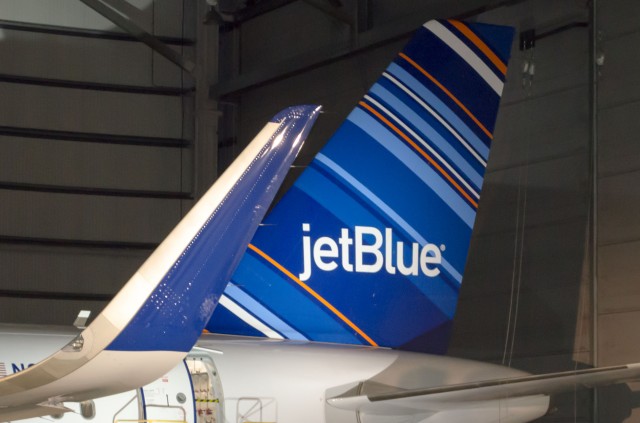
The new sharklet on a JetBlue Airbus A320. Photo by Jason Rabinowitz.
How does an airline burn less fuel, and make their aircraft look cooler in the process? The answer is simple: Winglets. Actually, in this case, sharklets. In late 2012, Airbus finally delivered their first A320 with blended winglets to AirAsia, which they have affectionately named a sharklet. Sharklets promise a reduced fuel burn of up to 3.5 percent, which leads to less CO2 emissions and greater profits air airlines.
New York based JetBlue is the first North American airline to sport sharklets, and is also the first airline worldwide to retrofit a production A320 with sharklets. The retrofit was completed by in-house technicians at the airlines John F. Kennedy Airport maintenance hanger. At an event Wednesday, JetBlue and Airbus were proud to show it off.
“I’m excited,” said Mark Powers, JetBlue Chief Financial Officer. “But I’m not excited that when the plane flies to San Francisco, its going to save us $568.75. No, no, I’m not excited about that. Nor am I excited about the fact that this airplane will save, conservatively, $350,000 a year. Nah, that doesn’t excite me either. And actually, once the whole fleet is retro fitted, were going to save $45 million a year, but that doesn’t excite me either. What really excites me, this airplane looks really cool. Winglets complete this aircraft.”
The first retrofit was completed quicker than expected, returning the aircraft to revenue service early. JetBlue plans to retrofit several A320s this year, but the entire fleet is not expected to be converted for several years. Older airframes will takes up to three weeks to be retrofitted, due to the wings requiring strengthening. Newer airframes will only require a few days to complete the process. All new A320 and A321 deliveries will include sharklets.
UPDATE: First Flight
Although no test flight was announced, N821JB did indeed take to the skies on Friday for a test flight. Here are some pictures at it departs JFK over my house.
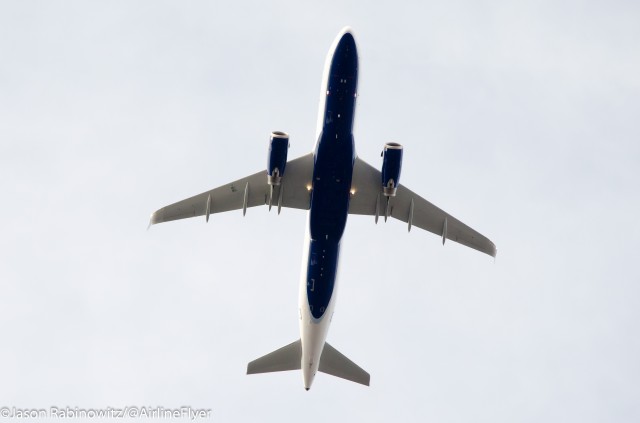
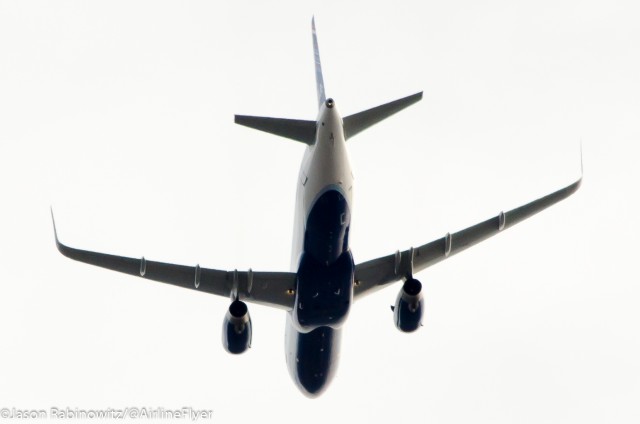
 |
This story written by… Jason Rabinowitz, Correspondent.Jason is a New York City native who has grown up in the shadow of JFK International Airport. A true “avgeek”, he enjoys plane spotting and photography, as well taking any opportunity he can get to fly on an aircraft.@AirlineFyer | FaceBook | |




